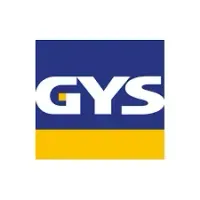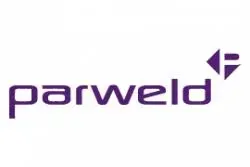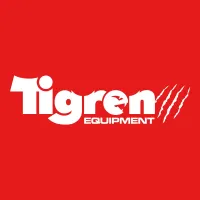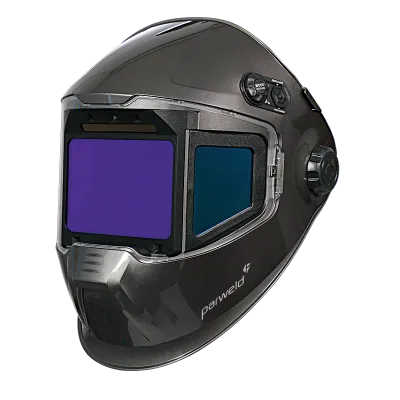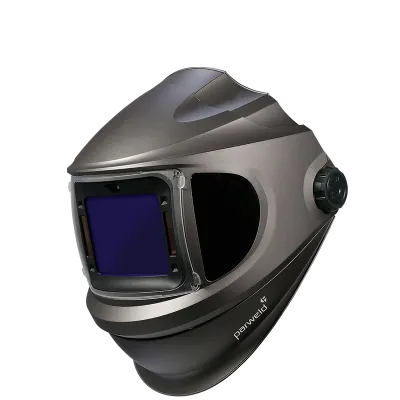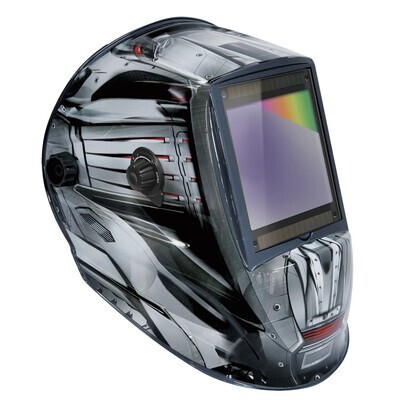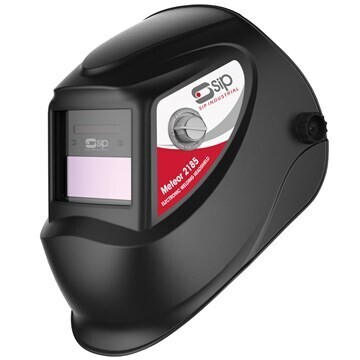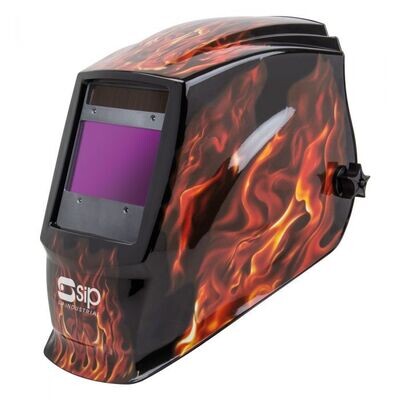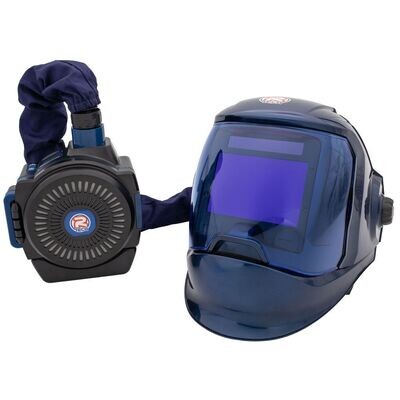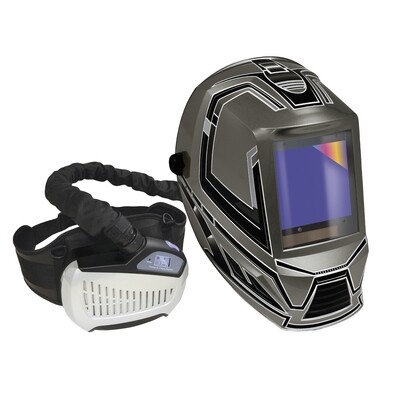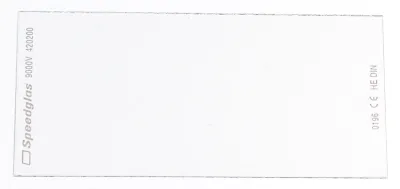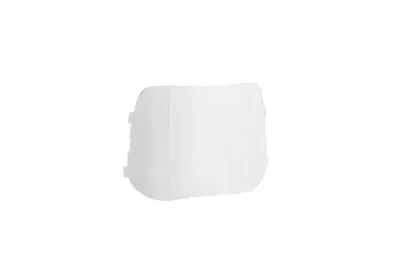

Welding Helmets

Introducing XR942H
Features a Wide Panoramic ADF (180° Internal Vision) to improve peripheral vision, Active Shading Side Windows and Auto Mode to automatically set the shade selection of both the main window view and side windows.
Perfect for welding and plasma cutting tasks where visibility and responsiveness are essential.
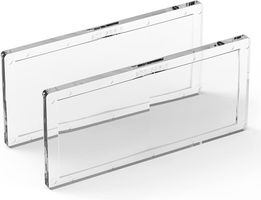
See Clearly, Weld Confidently: Unveiling the Magic of Cheater Lenses
Ever squinted through your welding mask, wishing you had a clearer view of your workpiece? Enter the world of cheater lenses, also known as magnifier lenses, your secret weapon for precision welding.

